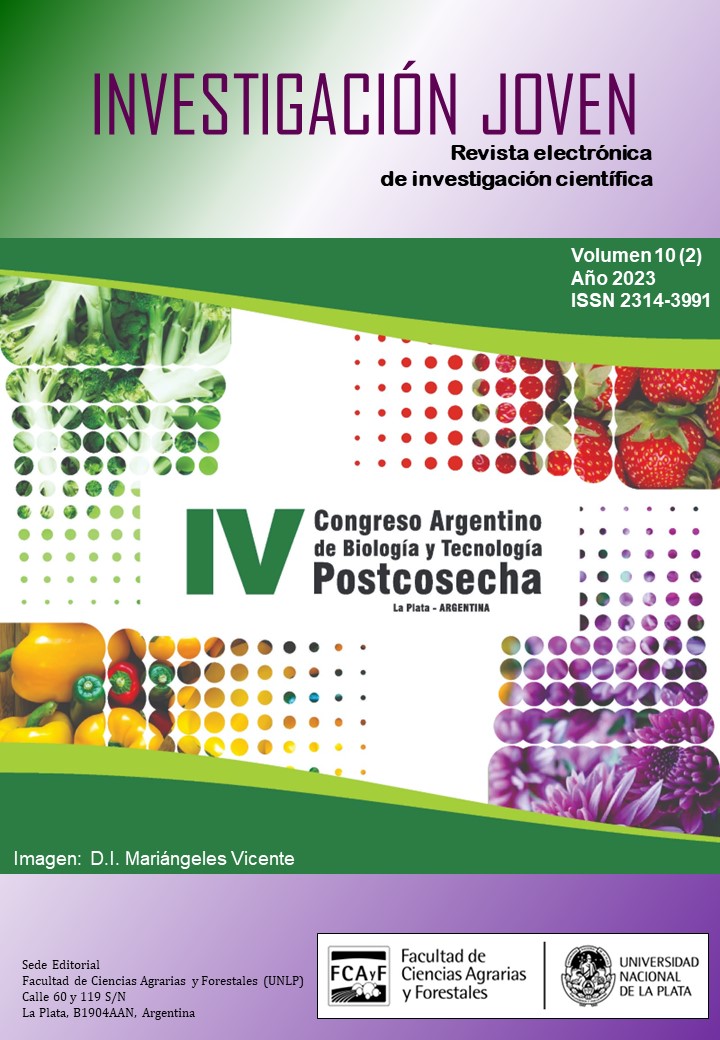Fresh cut artichokes: What we know and what we should know
Palabras clave:
Cynara cardunculus, processing conditions, product qualityResumen
Fresh artichokes (Cynara cardunculus L. subsp. scolymus (L.) Hayek) when cut suffer important degradative reactions, resulting in browning of cut-surfaces, and darkening of the outer bracts, which limit their diffusion as fresh-cut product. On the other side, due to the time-consuming trimming operations and the high percentage of the discarded plant part, the implementation and development of a fresh-cut product based on artichoke is still a major need for growers, processors and consumers. Results of more than 10 years of research suggest that the traditional approach used to study the optimal processing conditions may not be adequate to standardize the final quality of fresh-cut artichokes. Anti-
browning treatment and optimal atmospheres within the packaging, in fact, may turn out in not consistent results. Quality of raw material, time of harvest and handling are very critical factors with a major influence on quality of the final product. This key note will address the following points: (i) effect of genotypes; (ii) impact of most important pre-cutting handling practices; (iii) post-cutting anti-browning treatments; (iv) benefits and/or possible damages on product quality of gas composition; (v) designing optimal modified-atmosphere packaging conditions; and (vi) new fresh-like products.
Descargas
Descargas
Publicado
Cómo citar
Número
Sección
Licencia
Derechos de autor 2023 María Luisa Amodio

Esta obra está bajo una licencia internacional Creative Commons Atribución-NoComercial-CompartirIgual 4.0.
















